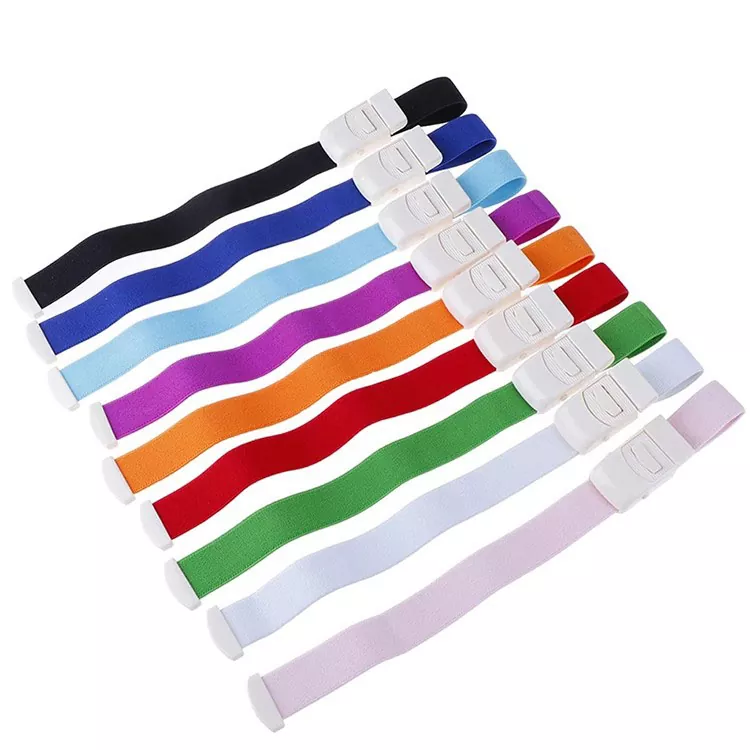How to Use a Quick Release Buckle Tourniquet Safely and Effectively
2024-12-07
When it comes to managing severe bleeding, a quick release buckle tourniquet is one of the most effective tools at your disposal. However, improper use can lead to complications or reduced efficacy. Learning how to apply it correctly can make all the difference in an emergency.
Step-by-Step Guide to Using a Quick Release Buckle Tourniquet
1. Assess the Situation:
- Identify the source of bleeding.
- Determine if applying direct pressure is insufficient to control the blood flow.
2. Position the Tourniquet:
- Place the tourniquet around the limb 2-3 inches above the bleeding site, avoiding joints like elbows or knees.
- Ensure it’s on bare skin or over lightweight clothing to prevent slipping.
3. Secure the Buckle:
- Fasten the quick release buckle to create a snug fit.
4. Tighten the Strap:
- Pull the strap tightly to compress the blood vessels effectively.
- Ensure the tourniquet is tight enough to stop bleeding but not so tight that it causes unnecessary pain.
5. Monitor the Time:
- Note the time of application to inform medical personnel, as tourniquets should not be left in place for prolonged periods (generally no more than 2 hours).
6. Seek Professional Help:
- A tourniquet is a temporary solution; professional medical care is essential for definitive treatment.
Common Mistakes to Avoid
1. Placing It Over a Joint:
Positioning the tourniquet over a joint reduces its effectiveness. Always place it above the joint, closer to the torso.
2. Insufficient Tightening:
If the tourniquet isn’t tight enough, it won’t stop the bleeding, potentially worsening the situation.
3. Leaving It on Too Long:
Prolonged use can lead to tissue damage. Always prioritize transferring the patient to professional care quickly.
Advantages of the Quick Release Buckle Design
1. Speed:
In emergencies, every second counts. The buckle mechanism allows for rapid application, saving precious time.
2. Ease of Use:
Designed to be intuitive, it can be operated effectively even by individuals with minimal training.
3. One-Handed Operation:
Many models support one-handed application, making it suitable for self-use in emergencies.
Tips for Choosing the Right Tourniquet
- Material Quality: Ensure the strap and buckle are made from durable, high-strength materials.
- Adjustability: Look for a design that fits a wide range of limb sizes.
- Compact Design: Opt for a lightweight, portable tourniquet that fits easily in your first aid kit.
- Compliance with Standards: Check for certifications indicating adherence to trauma care guidelines.
When to Use a Quick Release Buckle Tourniquet
1. Severe Arterial Bleeding: Profuse bleeding that cannot be controlled with direct pressure.
2. Traumatic Amputations: Limb injuries where blood flow needs to be stopped immediately.
3. Remote or Delayed Medical Care: Situations where reaching professional help may take time.
Knowing how to use a quick release buckle tourniquet correctly can save lives. Its fast application, secure fit, and ease of use make it an essential tool for anyone involved in first aid, outdoor activities, or emergency response. By choosing the right tourniquet and understanding its proper use, you can be prepared to act confidently when it matters most.



